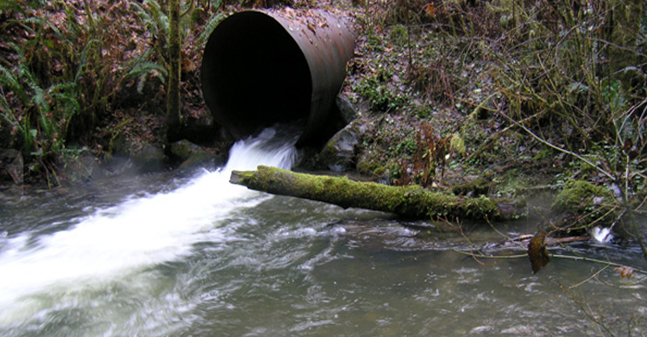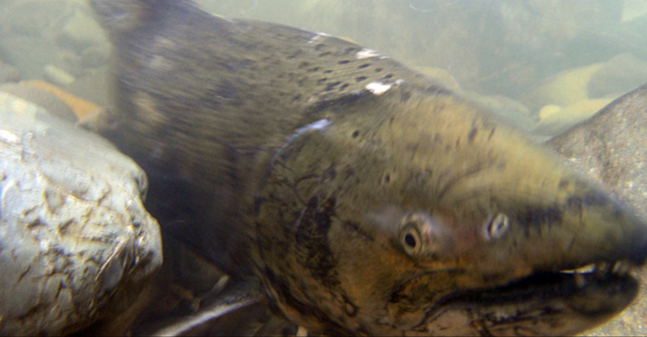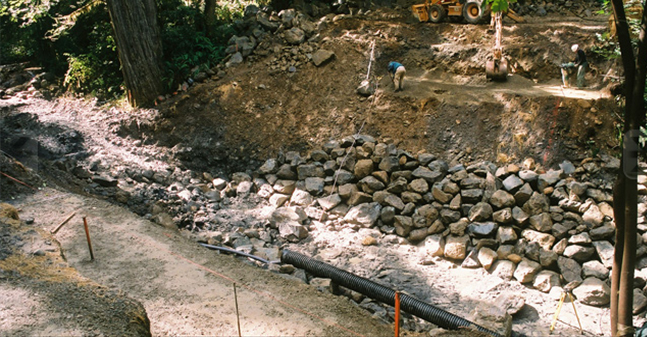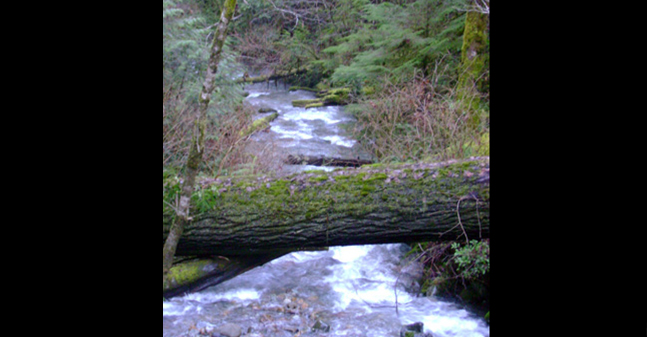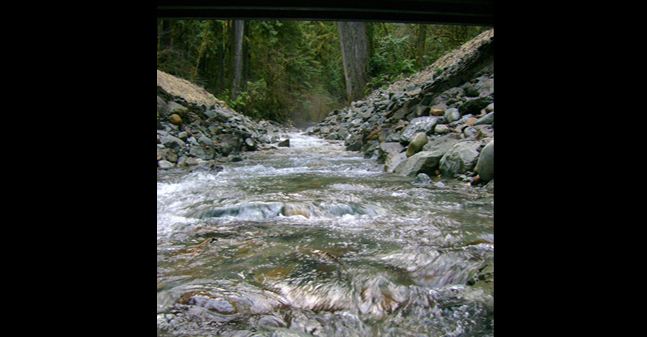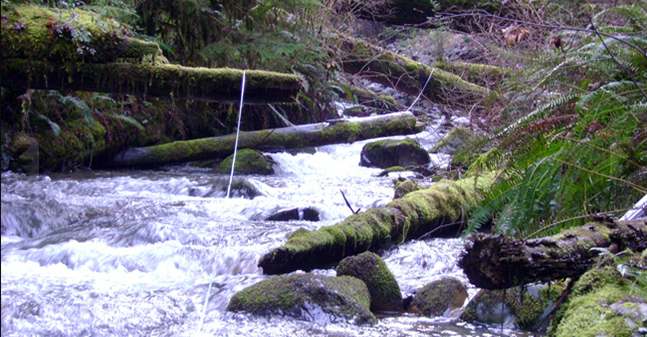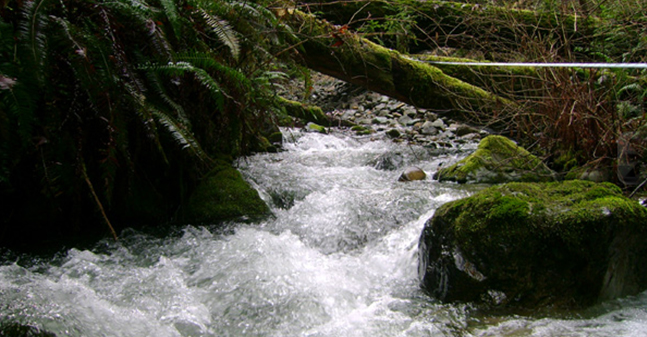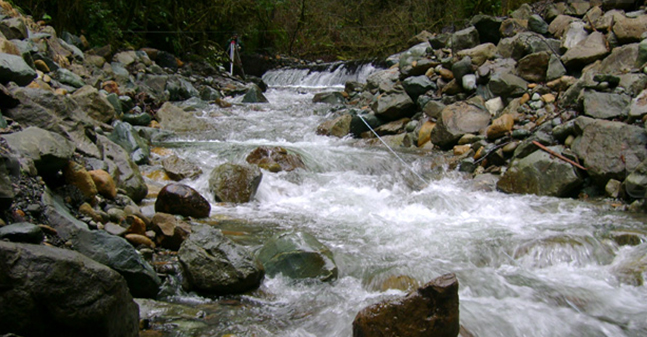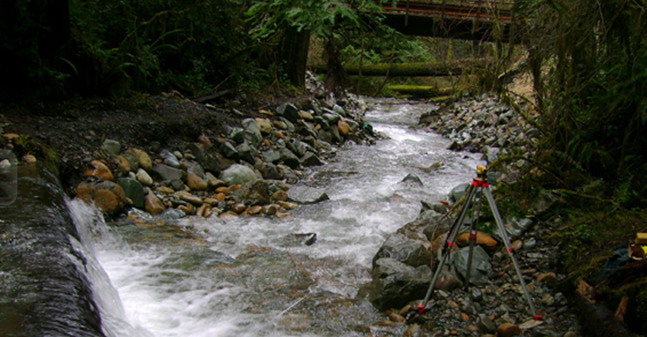Stream Restoration and Bridge Crossing
Restoring a Steep Stream and Installing a New Bridge
Location: Cedar Creek, Tributary to the Smith River, Jedediah Smith Redwoods State Park
Clients and Partners: Pacific Coast Fish, Wildlife and Wetlands Restoration Association, California State Parks, Smith River Alliance, Winzler & Kelly
Cedar Creek is a tributary to the Smith River, one of California’s only un-dammed rivers, and is an important salmonid stream in a nearly pristine watershed. The Cedar Creek road crossing is located approximately 600 feet upstream from the creek’s confluence with the Smith River within the Jedediah Smith Redwoods State Park.
The old culvert completely blocked all migrating salmon and steelhead from accessing the approximately 5,600 feet of upstream habitat since its installation in 1949. Ross Taylor and Associates performed a fish passage assessment of the Cedar Creek culvert in 2004 and designated it as a complete barrier to all salmonids at all flows due to insufficient water depth, excessive water velocities, and the outlet drop.
The California Department of Fish and Game’s Fisheries Restoration Grants Program (FRGP) and the Smith River Alliance funded the design for replacing the stream crossing.  Michael Love and Associates (MLA) served as the stream restoration and fish passage engineers.  Working with Winzler and Kelly and Pacific Coast Fish, Wildlife, and Wetlands Association (PCFWWRA), MLA designed a geomorphically based step-pool channel to restore this steep stream after removal of the old culvert and upstream stored sediment. Channel design and construction used a combination of stream restoration and channel profile stabilization techniques.  The restored channel is 200-feet long with an overall slope of 5 percent and has a profile and cross sections based on the morphology of the boulder dominated natural channel immediately downstream. Rock steps were constructed to remain stable during extreme flows.  The new channel also stabilizes the abutments for a new prefabricated bridge that replaced the culvert crossing.
MLA provided construction guidance during implementation in 2007 and conducted post-project implementation and effectiveness monitoring. Â Subsequent biological monitoring has documented use of the upstream habitat by both salmon and steelhead.
This project has received the following awards:
Environmental and Small Project of the Year: Â American Society of Civil Engineers, Region 9 (North Coast)
Small Project of the Year Award for Excellence: American Society of Civil Engineers, San Francisco Section

